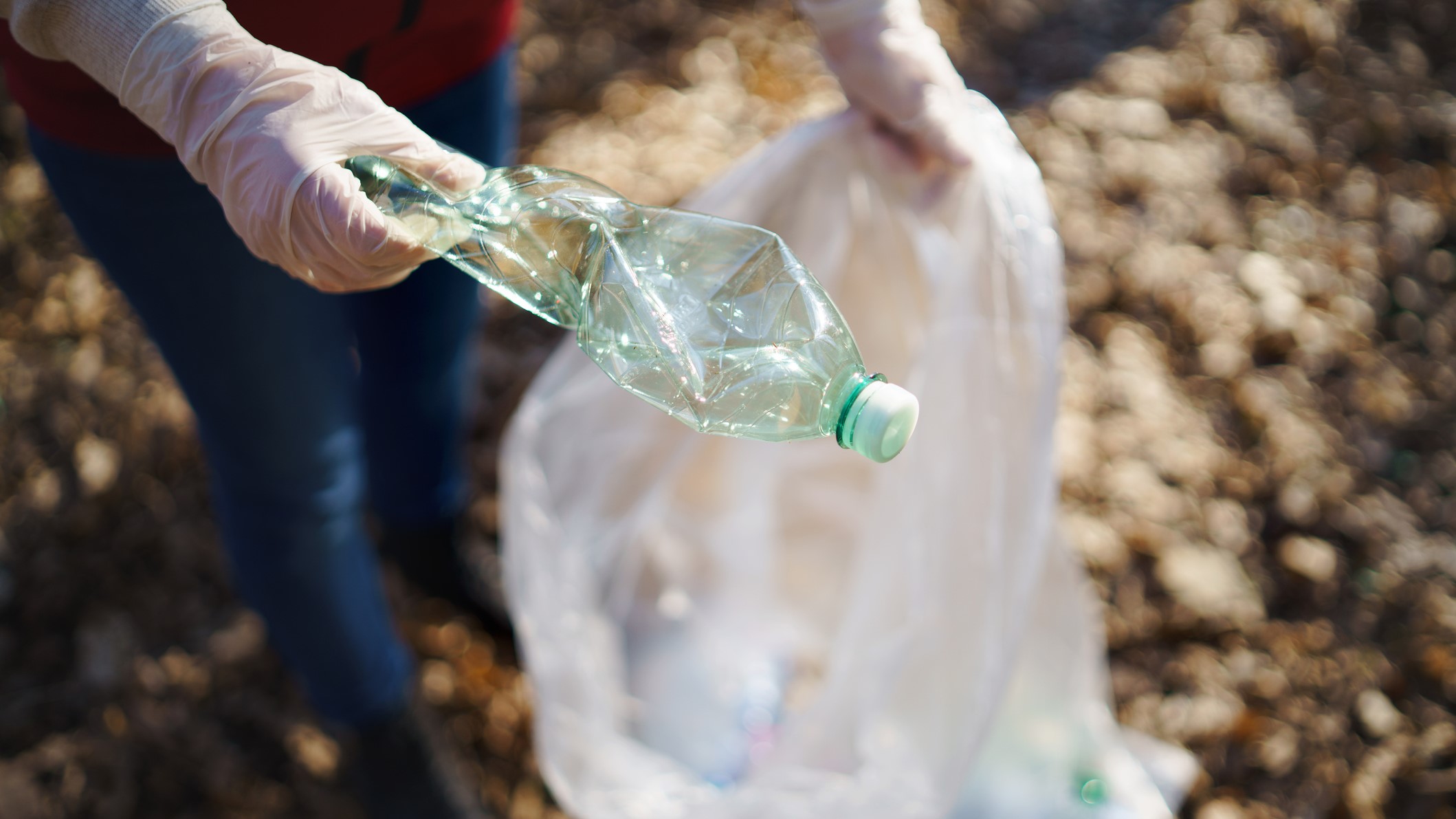
Camping for me usually means trotting into the wilderness with everything I need in my backpack, but recently I returned from my first car camping trip in several years. The novelty of giant tents with extra rooms and grilling steaks on the hot plate wasn’t lost on me, but at the end of the weekend, I was astonished to see all the overflowing trash cans strewn around the campground.
The problem wasn’t that people were being careless; there just seems to be an enormous amount of waste generated by car camping. Of course there are beer cans and wine bottles but there are also paper plates, empty fuel canisters and plastic bags, not to mention the odd broken camping chair.
Bring an environmentally-conscious bunch, we’d kept our own waste to a minimum, despite there being 10 of us including five kids, so I wanted to share some tips with you here to help you cut down on waste when car camping. I hope it goes without saying that any waste you do generate should be properly disposed of or carried home with you, but with a little extra thought you can leave a smaller footprint.
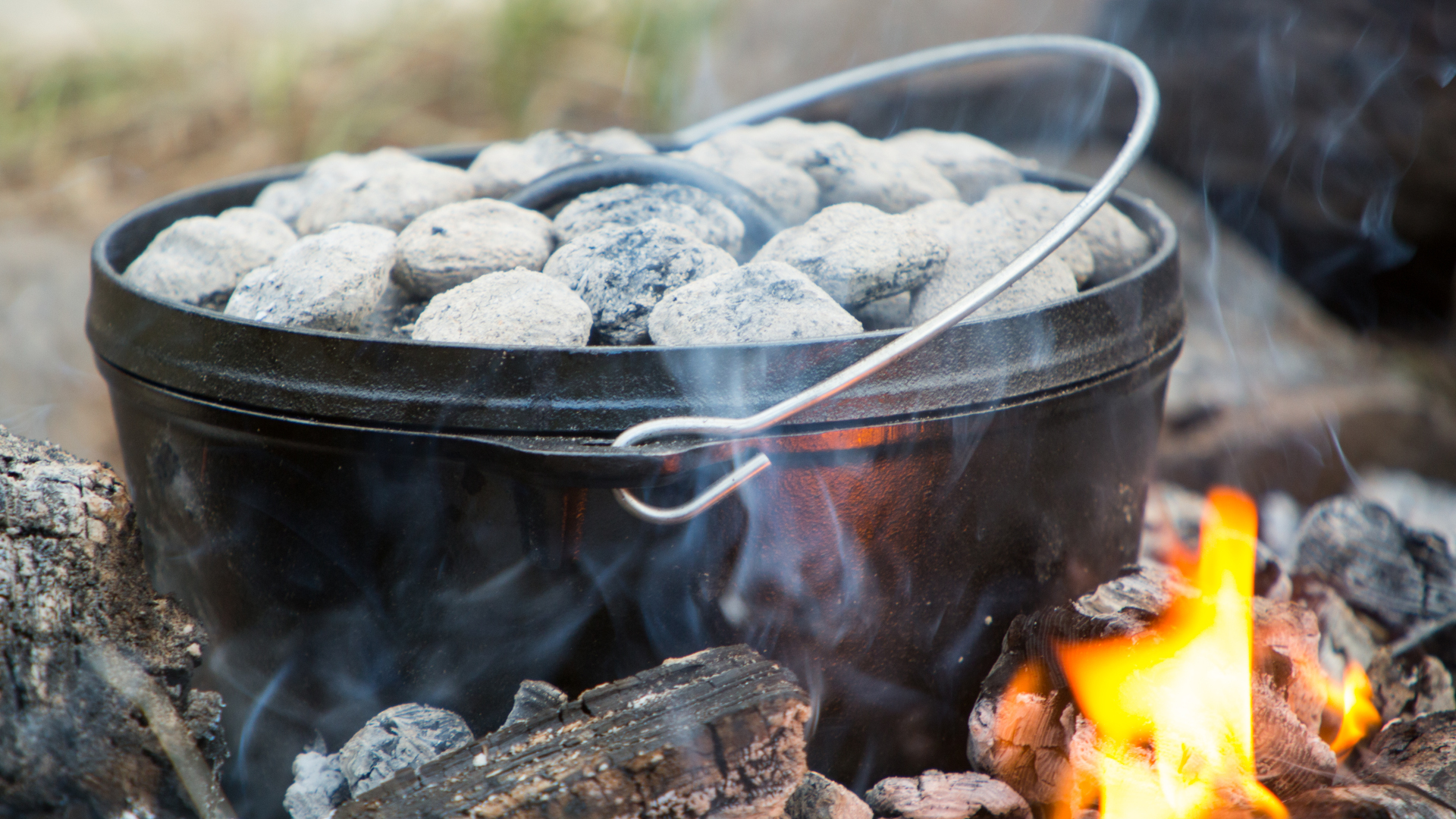
1. Make a meal plan
Let’s be honest, it’s the eating, not the camping, that generates most of our waste, and this problem is compounded by stopping off at the grocery store to load up on supplies on your way to camp. This usually results in piles of convenience food wrapped in plastic and in my experience, usually means buying far more food than is needed.
To cut down on waste, make a plan for the meals you’re going to have at camp. You can pre-cook some or all of your meals (or at least prep the ingredients) and transport them in reusable containers inside your camping cooler. This means you can buy ingredients in bulk and save the rest at home to cut down on packaging, or better yet use what you already have in the pantry.
You may not be able to eliminate single-use plastics, but you can certainly cut down on them (and food waste) and make sure any recyclable packaging goes in the correct container before you leave the house.
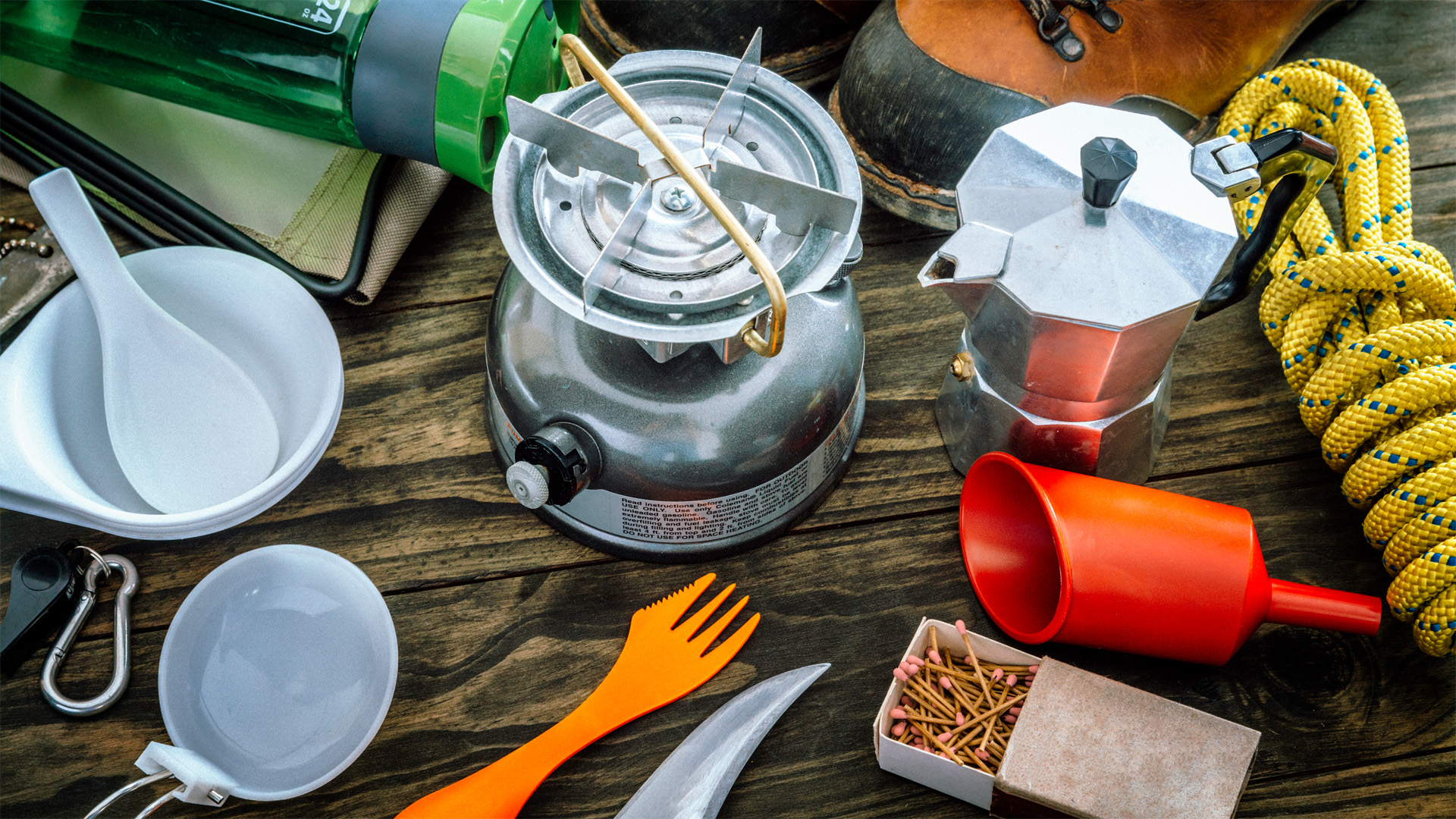
2. Invest in reusable utensils
It’s easier to bring paper plates and plastic cutlery that don’t need washed, but these cheap, single-use items are a huge source of camping waste. These days, you can find some great reusable, lightweight utensils like sporks as well as lightweight bowls and plates that don’t take up much room and are easy to clean.
Check out our article on the best camping utensils for some ideas, and if you really don’t want to lug a lot of gear, consider preparing food you can eat with your hands like sandwiches and homemade granola bars instead of stews and eggs. If you’re feeling minimalist, your frisbee can double as your dinner plate and then you’ve got some entertainment afterward.
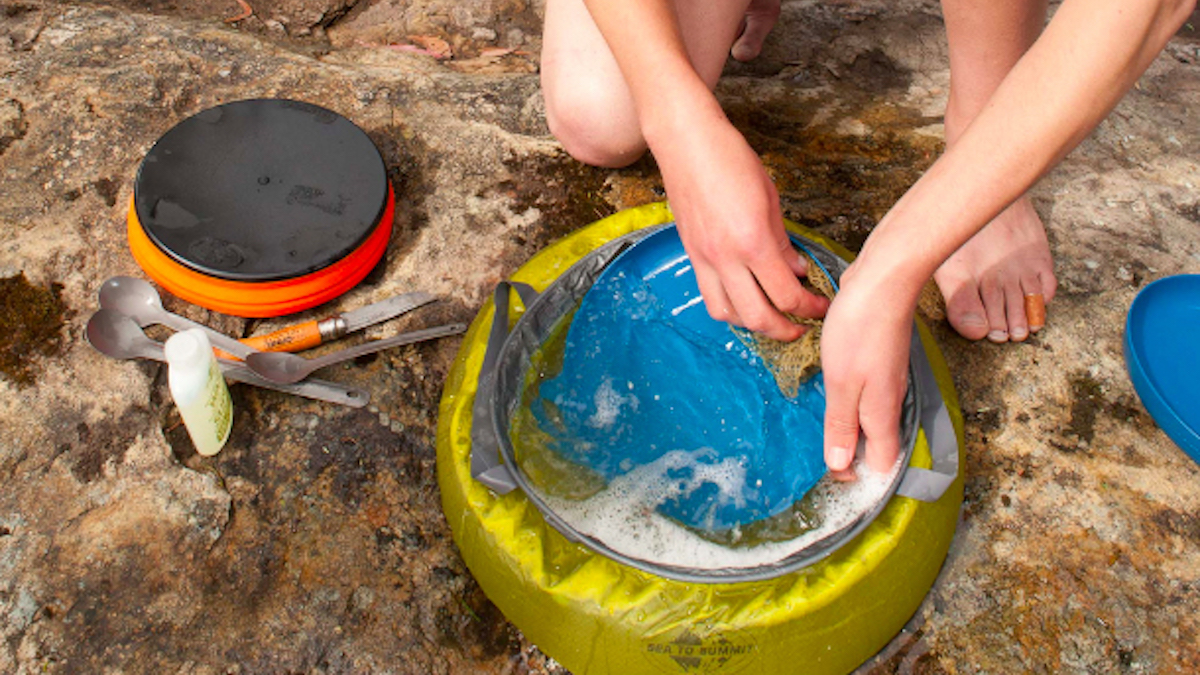
3. Ditch the kitchen roll
Kitchen roll is a staple at most camps for quickly wiping up spills and wiping clean plates for another use. It’s recyclable, so it can seem harmless, but it’s also unnecessary. Whether you’re at camp or at home, you can just as easily use a rag to mop up messes. Bring a handful with you to camp then carry them home and throw them in the laundry for another use.
4. Make your own ice
Stopping off at the gas station for a couple of bags of ice on the way to camp is practically an American tradition, but it means even more single-use plastics. You have a freezer at home, so with a little planning you can freeze water bottles ahead of time to keep your food and drinks cold or look for non-toxic gel packs that come home with you.
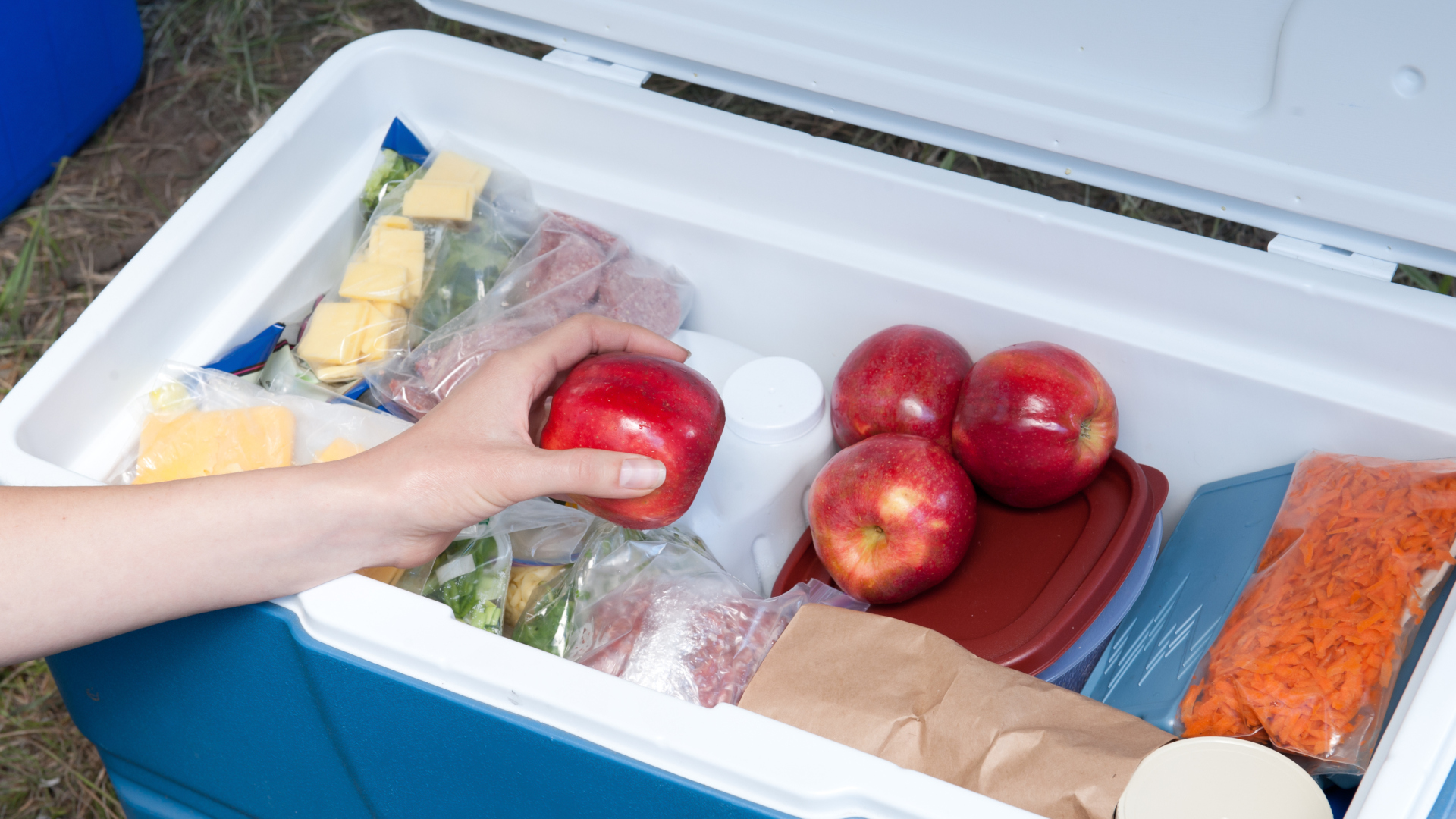
5. Rethink fuel
Cooking food requires fuel, and what fuel you require comes down to what type of camping stove you have. Some camping stoves require gas canisters that can’t easily be recycled, which adds to your waste pile at the end of the day.
If you’re updating your camp kitchen, there are options that don’t generate waste. Wood-burning stoves such as the Solo Stove Lite use twigs and pine cones that you can gather from around the campsite. There are also liquid fuel stoves including the MSR WhisperLite International Stove which use a refillable bottle (just don’t throw it away when it’s empty).
If you’re old school like me, bring along a classic Trangia or you can cook over the fire with a hot plate or Dutch oven. Of course, campfires have their own environmental implications, but that’s another article.







